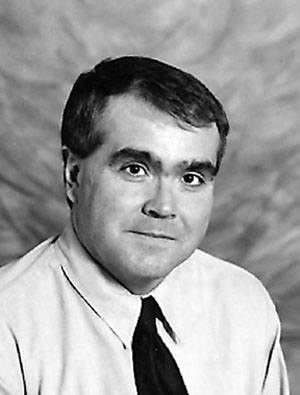Health care and health care governance have been major issues in the media in the past several weeks. These issues are not new ones. Our community has faced challenges in these areas for more than 100 years.
The Red Deer Memorial Hospital was constructed in 1904 and was the first hospital built between Calgary and Edmonton. It was operated by a non-profit corporation with an eight person volunteer board.
Finances were always a challenge. With the outbreak of the First World War, the situation turned critical. Deficits soared. The trustees became badly demoralized by the enormity of the problems.
Matters deteriorated so badly that the board chairman stated that, with the exceptions of the work of the nursing superintendent and the support of the local women’s volunteer organizations, the management of the hospital had become “a joke.”
In 1918, the auditor pointed out that there was just one paid-up member of the hospital corporation. Consequently, the old Memorial Hospital board was dissolved. Red Deer City Council stepped in and appointed a three-person commission in its place. Most of the commissioners were also City councilors.
After the end of the War, the economy collapsed. The City of Red Deer became virtually bankrupt. City Council decided to cut off most of its grants to the hospital. The Red Deer Hospital then went bankrupt and the Provincial Government was forced to step in.
In April 1923, a new governance structure was put into place. The Red Deer Municipal Hospital District #15 was created. Because the boundaries of the new district were limited to the City of Red Deer, District #15 became the first urban municipal hospital district in Alberta.
The new hospital trustees were elected. The board could consequently levy its own taxes. There were still patient fees, but City residents were charged much less than non-residents. The community now had some financial stability for its hospital. Even in the Great Depression of the 1930s, the hospital district remained solvent.
In 1949, the hospital district boundaries were extended to include some of the surrounding rural areas in order to expand the tax base. As a result, the board was able to build a much-needed addition onto the hospital.
In 1962, the provincial government established the Red Deer Auxiliary Hospital District #14. A five-person board was appointed and within three years, the Dr. Richard Parsons Auxiliary Hospital was built.
In 1970, the Auxiliary Hospital board constructed Valley Park Manor, Red Deer’s first public nursing home. In 1974, the Auxiliary Hospital board purchased the Red Deer and West Park Nursing Homes, which had been privately built.
In 1976, when plans were under way to construct a major regional health care centre in Red Deer, the Red Deer General and Dr. Richard Parsons Auxiliary Hospital boards were officially amalgamated.
The new Red Deer Regional Hospital Board took over responsibility for the acute care hospital, the auxiliary and three public nursing homes as well as a number of regional health services. The trustees continued to be elected during the municipal elections every three years.
In 1994, following a major regionalization initiative implemented by the provincial government, Red Deer’s health care facilities and services became the responsibility of the David Thompson Health Authority.
Initially, the government appointed all the authority board members. However, in 2001, some of the trustees were elected in the municipal elections.
In 2003, the Health Authorities were reorganized again and the government abandoned its brief initiative to have some of the trustees elected. In May 2008, the Health Authorities were eliminated and replaced with the province-wide Alberta Health Services. The Minister of Health appointed all of the members of the new “superboard”. This remains the current situation.



